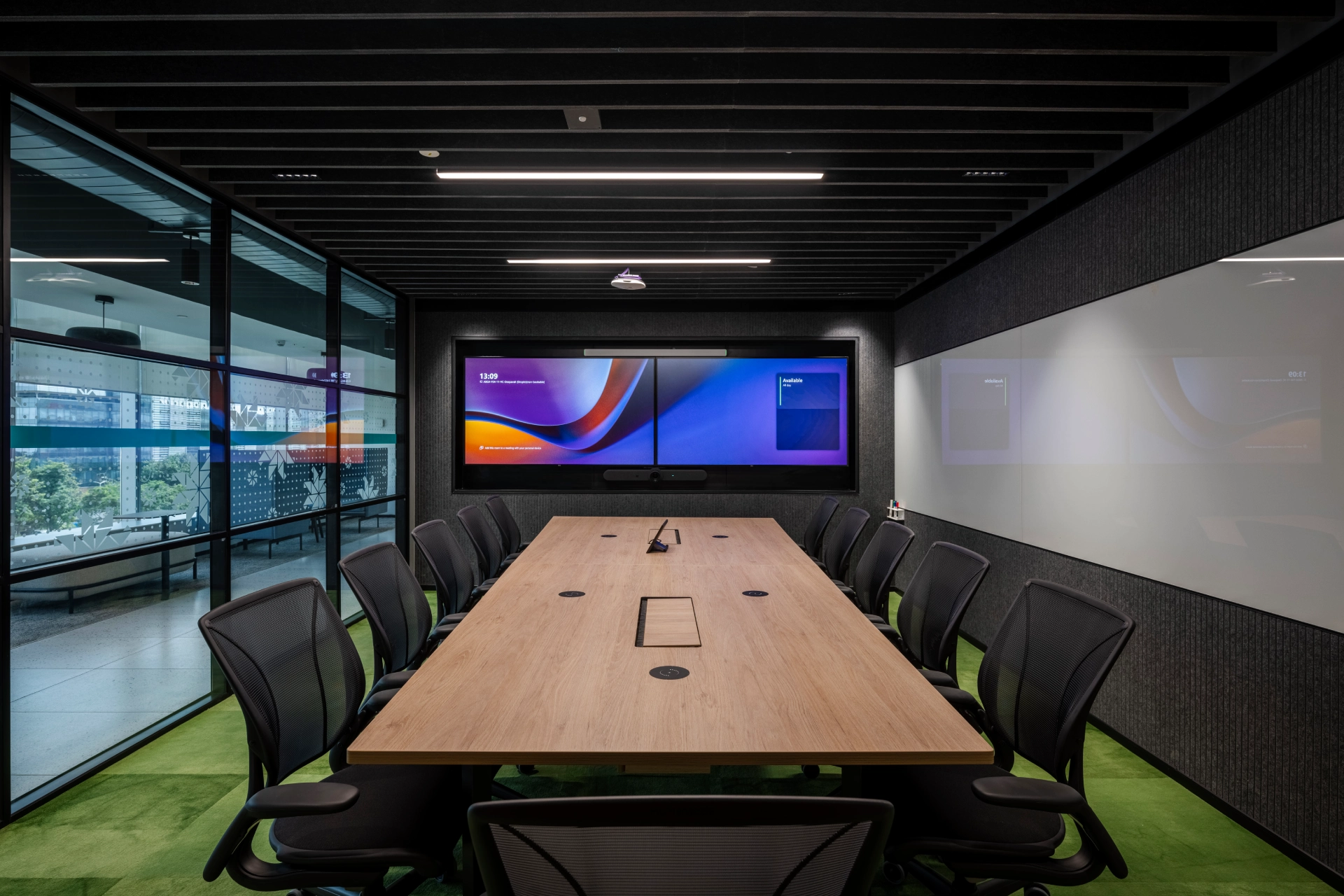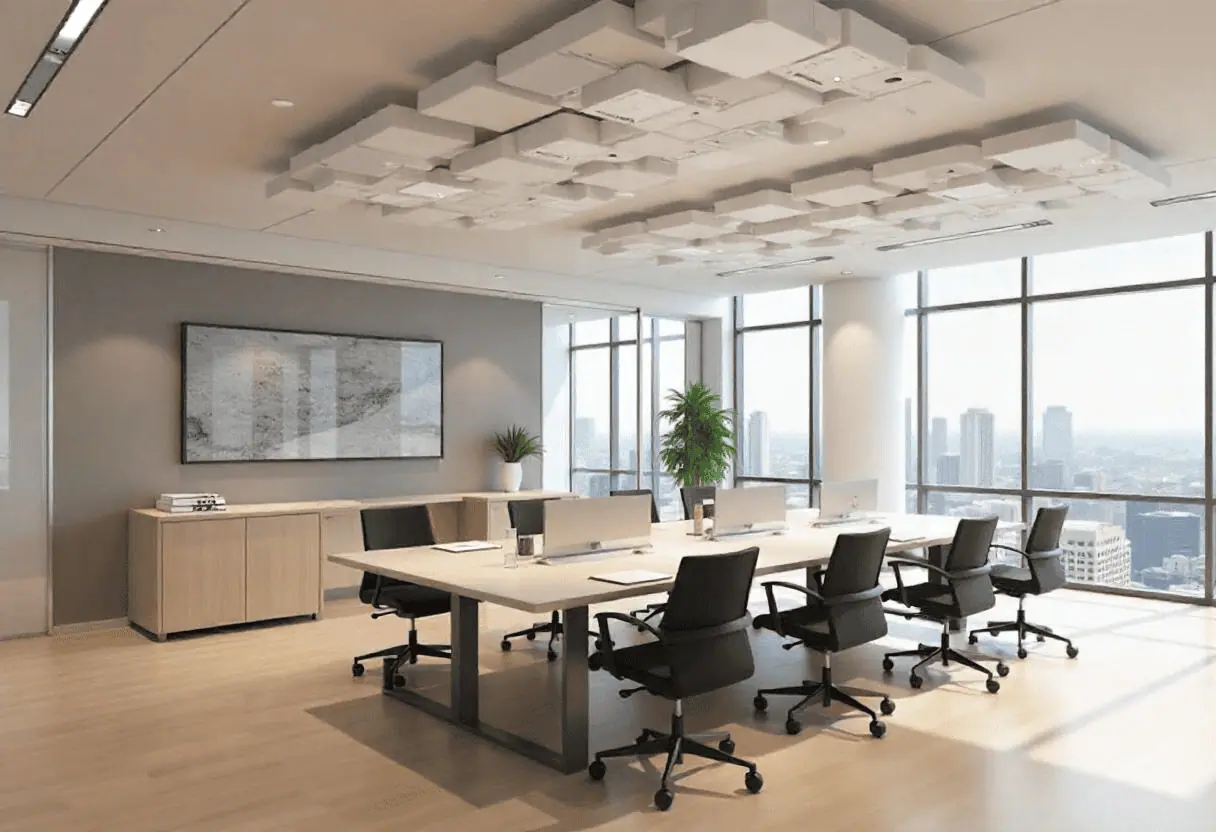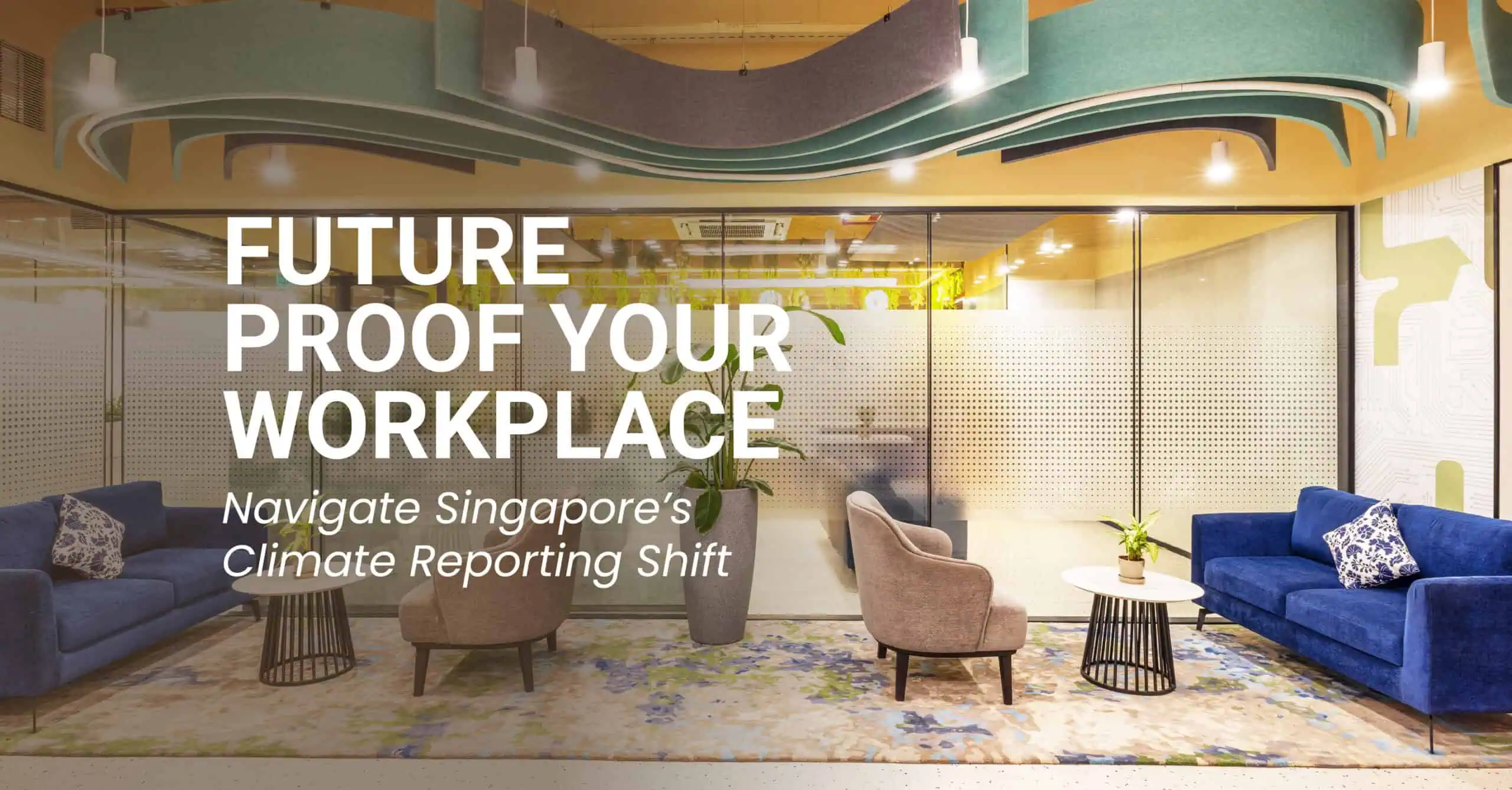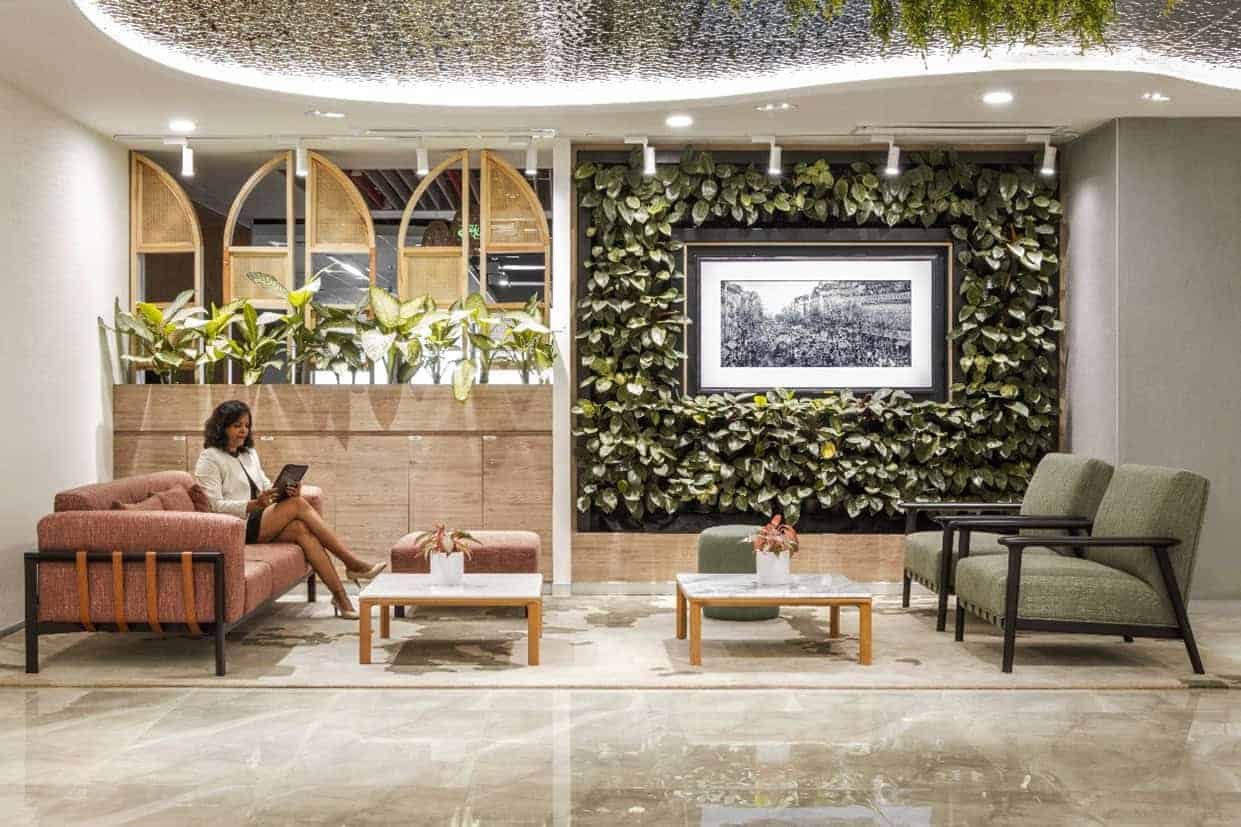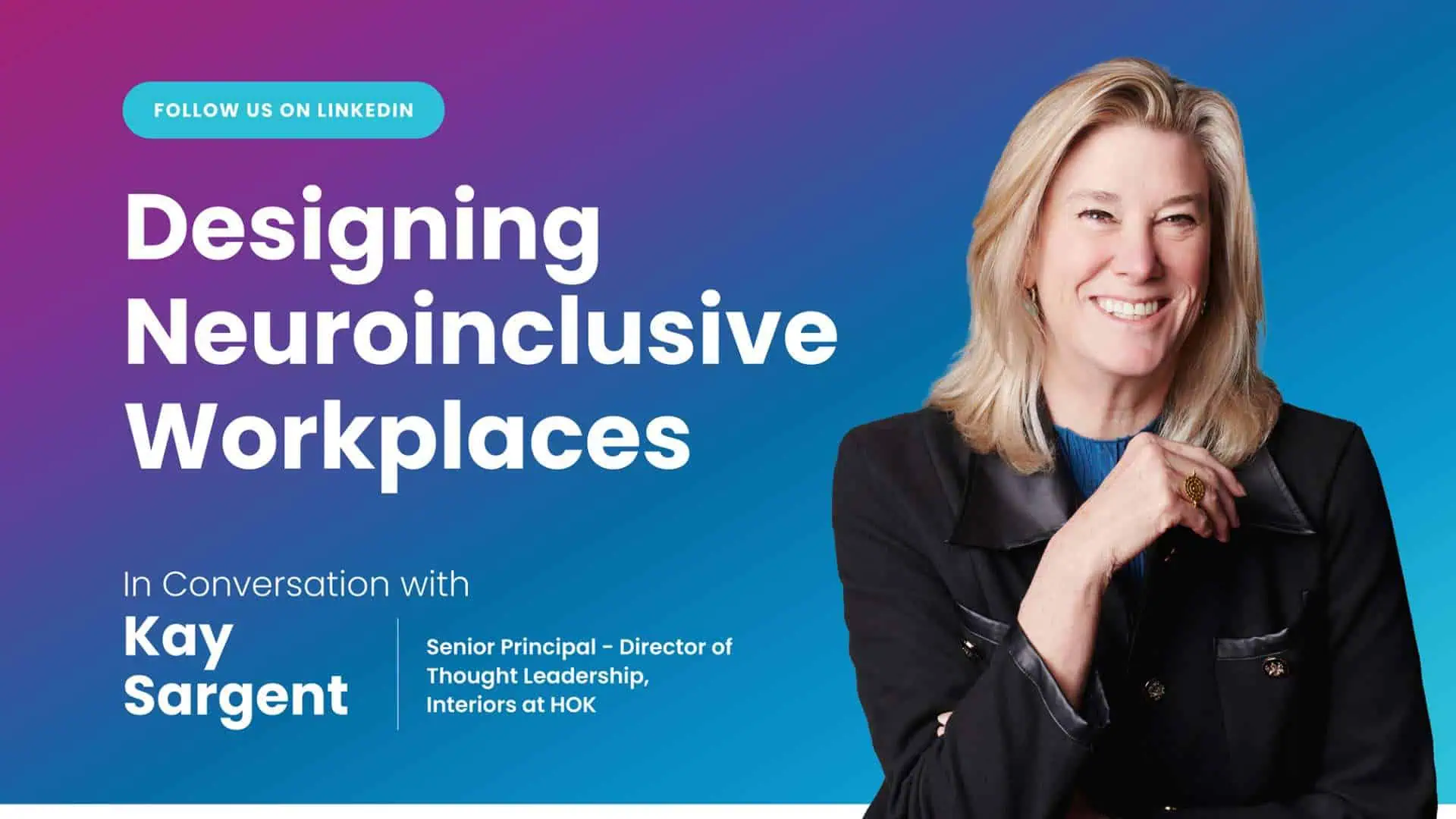“AI is the new electricity.” – Andrew Ng, Co-founder of Google Brain and Coursera.
A century ago, electricity transformed every aspect of human life – sparking innovation and reshaping daily routines. Today, AI is poised to do the same for the 21st century. Unlike electricity’s broad physical power, AI’s impact is deeply scientific and data-driven, ushering in a new era of science-led design that is redefining Singapore’s commercial real estate (CRE) and workplace ecosystems.
Let’s explore how AI-driven science-led design is revolutionizing office spaces in Singapore – a region leading innovation and sustainability in Southeast Asia – and how this shift is shaping the future of workplace design in Singapore.
The Rise of AI-Driven Science-Led Workplace Design
Science-led design is a multidisciplinary approach combining data analytics, behavioral science, environmental insights, and AI-powered algorithms to craft workplaces optimized for human performance and operational efficiency. This method goes beyond traditional intuition, grounding decisions in rigorous evidence and continuous learning.
In Singapore’s competitive CRE market, where sustainability and innovation are paramount, AI-driven science-led design is becoming a key differentiator for landlords, developers, and occupiers.
To understand this transformation, let’s examine real-world applications of AI in office design and build.
AI-Driven Science-Led Design in Action
Case Study 1
Imagine a multinational pharmaceutical company in Singapore leveraging AI-powered predictive analytics and digital twin technology – a real-time virtual replica of their physical office. This approach allows the company to simulate design and operational scenarios before implementation.
AI helps predict how changes in layout, lighting, or HVAC systems affect employee movement, collaboration, and energy consumption. For example, simulations showed that relocating collaboration zones closer to natural light increased creativity and reduced energy use by 12%.
The digital twin continuously integrates data from IoT sensors monitoring occupancy, air quality, and noise, enabling dynamic optimization of environmental settings. This results in a workspace that adapts daily to employee presence while supporting Singapore’s strict sustainability goals.
Case Study 2
A leading Singapore-based software company uses AI-driven analytics combined with occupancy sensors and employee feedback to optimize its hybrid workspace. AI analyzes space usage and collaboration patterns to enable flexible hot-desking, modular meeting rooms, and personalized controls for lighting and temperature.
Additionally, AI-powered 3D visualization tools allow both remote and onsite employees to preview and provide input on office layouts before implementation, boosting engagement and inclusivity. This science-led approach maximizes space efficiency and enhances employee comfort and productivity – perfectly aligning with Singapore’s focus on innovative office design in Singapore and workplace design in Singapore.
The Growing Influence of AI in Southeast Asia’s Workplace Design
Singapore is a bellwether for Southeast Asia’s broader adoption of AI in workplace design. According to a 2024 Cushman & Wakefield report, over 75% of CRE developers and occupiers in the region plan to increase investments in AI and PropTech to enhance space efficiency and tenant experience.
Key trends shaping the region include:
- Smart building management systems using AI to optimize energy consumption and maintenance.
- Predictive analytics for space utilization, helping landlords and tenants adapt to hybrid work models.
- AI-powered personalization of work environments to improve comfort and productivity.
- Integration of neuroscience and behavioral data to design inclusive, health-centric spaces.
Singapore’s government initiatives, such as the Smart Nation program, further accelerate AI adoption, creating fertile ground for AI-driven workplace innovation.
Why AI-Driven Design Matters
The integration of AI into workplace design offers significant benefits:
Hyper-Personalized Employee Experiences
AI analyzes individual work styles, collaboration patterns, and physiological responses (via anonymized sensor data) to dynamically adapt workspaces in real-time. Imagine lighting and temperature adjusting subtly for a team brainstorming session or quiet zones recommended based on individual preferences. This hyper-personalization fosters well-being, boosts productivity, and enhances workforce engagement – critical in Singapore’s competitive talent market.
Optimized Real Estate Utilization
Data-driven insights reveal underutilized spaces and forecast future needs, enabling flexible, scalable office designs that reduce operational costs and increase asset value. AI simulations test layout scenarios before physical implementation, minimizing costly redesigns.
Competitive Advantage in the CRE Market
Tenants increasingly demand smart, sustainable, and adaptive workplaces. Landlords and developers leveraging AI-driven design gain a market edge, attracting premium tenants and commanding higher rents. According to JLL’s 2025 Asia Pacific CRE outlook, buildings with AI-enabled smart systems see up to a 20% increase in tenant retention and a 15% reduction in energy costs – key drivers in Singapore’s cost-sensitive market.
How Businesses Can Integrate AI Efficiently in Workplace Design and Build
To unlock AI’s full potential, organizations should:
- Build a robust data foundation: Deploy IoT sensors and digital feedback tools to collect comprehensive, high-quality data.
- Collaborate across disciplines: Engage AI experts, behavioral scientists, architects, and CRE professionals to develop holistic, science-led solutions.
- Pilot and iterate: Start with small-scale AI-driven design pilots, measure outcomes, and refine before scaling.
- Prioritize user engagement: Involve employees early to ensure solutions meet real needs and encourage adoption.
In Conclusion
‘The Future Is Science-Led, AI-Powered, and Human-Centric’
AI-driven science-led design is a paradigm shift redefining how workplaces in Singapore and Southeast Asia are conceived and experienced. By fusing data, behavioral science, and AI, organizations can create adaptive, efficient, and wellness-centered environments that meet the demands of the future of work.
At Zyeta, a leading commercial design and build company in Singapore, we are proud to lead this transformation, delivering next-generation workplace strategies and designs that harness AI’s power to unlock human potential and maximize real estate value.
Related Reads:
Trending 04 Influential Styles Shaping Workplace Design in Singapore
How Singapore’s Commercial Real Estate is Adapting to Sustainable Workplace Design?

